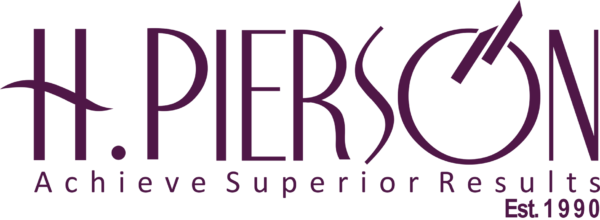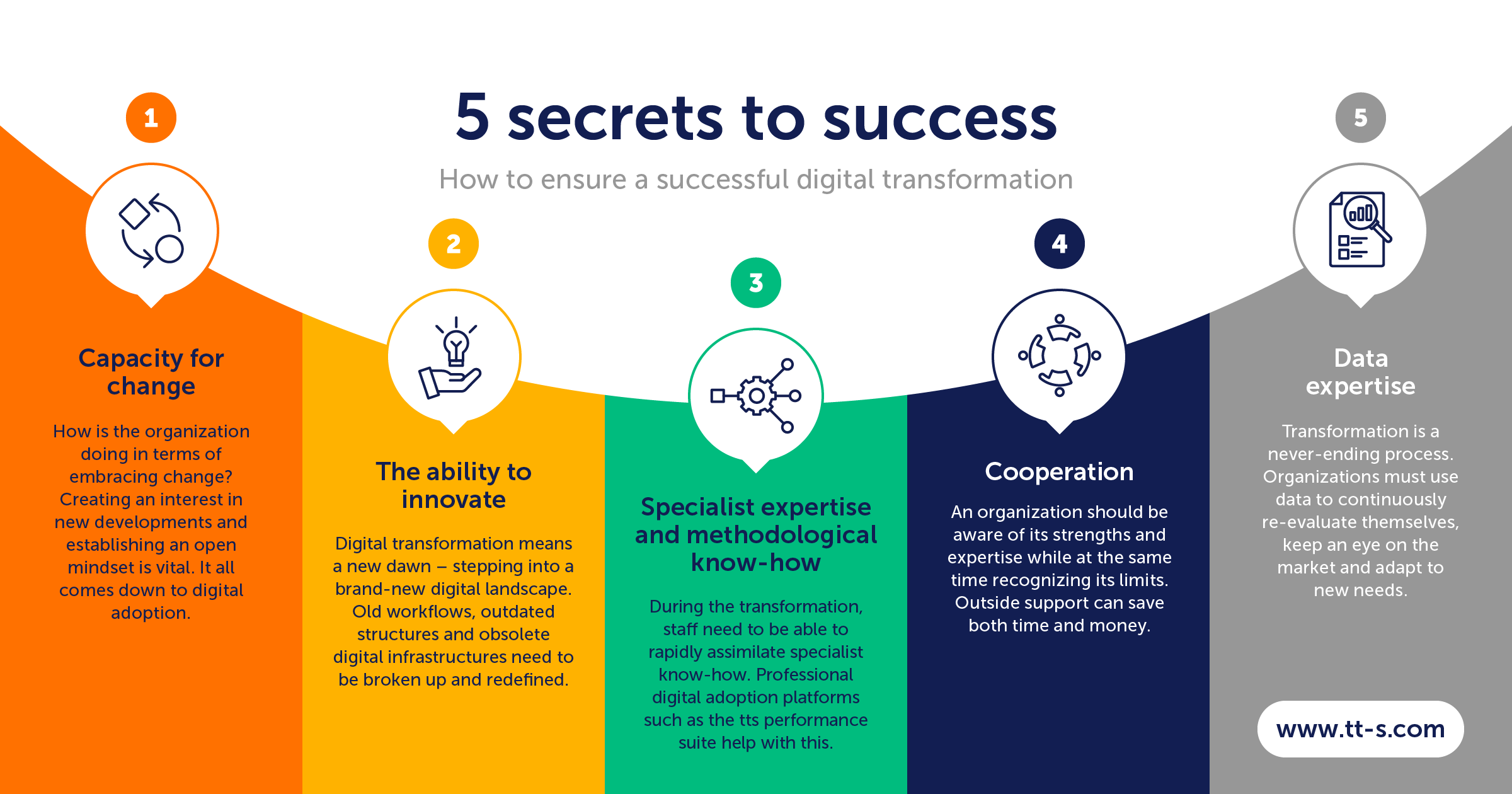Every business facility plugged into a power grid is at the forefront of the fight against global warming.
Nearly everyone agrees that our global relationship to the production and usage of energy needs to change, but recent reports show we’re still falling short of meeting our climate goals.
While drastic change will require coordination action from world governments, every business can make a meaningful difference in their own corner of the world—and their bottom line—by implementing an energy management system.
Any facility that has been operating for the last few years without a systematic plan to improve efficiency is sure to be wasting energy. Without regular monitoring and reviewing, it is impossible to say how much.
The average commercial building wastes 30% of its energy, an especially troubling statistic amid a climate crisis and rising energy costs.
An energy management system provides businesses with a framework for determining how much of the energy they’re purchasing goes toward productive output, how to minimize waste, and where unavoidable waste energy might find some use.
It can help you improve efficiency in terms of both utilization and sourcing. Switching to green energy sources is key to the success of any plan to optimize emissions and reduce efficiency.
Right now, solar and wind power are the largest sources of green energy, and these renewable sources—along with nuclear energy—are expected to provide the majority of the world’s power by 2030.
By implementing an energy management system, businesses can start making the changes necessary to get in step with the green power sources of the future.
This will not only support your local community and country in meeting its climate goals, but it will also allow you to maintain sustainable, revenue-saving commercial facilities for years to come. It’s a win-win situation.
What is an energy management system?
Energy management systems are processes that monitor and control your energy assets to optimize their performance, along with the technological resources needed to carry out these operations. An effective energy management system should address energy consumption, production output, and environmental impact.
Energy management processes go hand-in-hand with strategies to reduce emissions and meet sustainability goals such as the Net Zero target.
With an energy management system in place, businesses can be proactive about laying the groundwork for future energy production and storage methods, improving asset durability and lessening the need for frequent on-site maintenance.
Energy management systems vs energy management software

One question that sometimes comes up is whether a software platform can serve as an entire energy management system. An energy management system has to consist of computerized devices that use software to monitor and control energy assets, but software alone cannot fulfill all of the functions of an energy management system.
Hardware devices must interface with the facility, energy assets, and production equipment.
Energy management software can serve as a central hub for monitoring performance data, providing in-depth analytics and remote management options.
What are the benefits of an energy management system?
The obvious and immediate advantage of an energy management system is it helps you become more energy efficient, but let’s break down exactly how many benefits businesses can expect to see:
- Increased visibility of energy usage provides greater awareness of your actual costs.
- Optimizing energy efficiency reduces wasted energy and lowers your overall operational costs.
- Early detection of performance issues allows you to prevent problems before they escalate.
- Remote management capability lessens the need for on-site inspections and maintenance.
- Maximizing renewable energy use over fossil fuels means a smaller carbon footprint, greater sustainability, and less impact on the environment.
- Opportunities to capture and utilize excess energy output that would otherwise be wasted.
Automating certain processes and managing energy assets remotely are two of the most significant advantages of a well-implemented energy management system.
In addition to reducing maintenance costs, these features allow facility operators to identify and correct inefficiencies without delay.
Building up an energy management system from scratch may require a substantial initial investment, but the long term ROI will easily justify it.
4 Key components of an energy management system
When comparing facilities for different regions and industries, energy management systems can look very different. However, there are four key components that every effective energy management system will need.
1. Monitoring and analysis
The first job of any good energy management system is to monitor, track, and analyze the performance of your energy assets.
The system should inform you how much energy you’re using and alert you to any issues that may be developing.
For your system to be successful at this, you need to provide clear thresholds for the expected performance of your assets.
2. Resource management
With thresholds and monitoring in place, you will receive alerts when an issue is detected.
Your energy management system can evaluate live data in the context of historical performance data and predict possible asset failure before it occurs.
When you can respond immediately to these alerts by using remote management software to reallocate resources and shut down malfunctioning assets, you can minimize downtime and costs related to repairing or replacing equipment.
3. Efficiency
The most important function of an energy management system is to optimize your energy efficiency, which minimizes your environmental impact and lowers your operational costs.
The right energy management system will facilitate the prioritization of renewable sources over fossil fuel energy and minimize unnecessary energy consumption during the hours when equipment is not in use.
By using an energy management system to reduce the energy consumption of idle assets, you can lengthen their usable lifespan and save on maintenance, repair, and replacement costs.
4. Regulation and policy
Every companies’ energy consumption is affected by mandatory regulations and voluntary commitments.
Standards like ISO 50001 can serve as a framework for an effective energy management system and simplify implementation.
By factoring in both external regulations and your internal policies, you can establish clear objectives for your energy management system and ensure that your resources and procedures can reliably meet them.
How to calculate energy efficiency?
Understanding the importance of energy efficiency is one thing. Knowing exactly how to quantify it is another. Fortunately, there’s a formula that can be used to accurately calculate the energy efficiency of a given facility:
- The Energy Efficiency Formula is Energy Output divided by Energy Input. The result is your Energy Efficiency Ratio, which can be multiplied by 100% to express it as a percentage.
“Energy input” is the amount of energy the facility consumes, as measured in watts or joules.
“Energy output” is the energy equivalent of the facility’s productive output.
In other words, if a manufacturing plant consumes 6,000 kilowatt-hours of energy to produce 1,500 kilowatt-hours of output, its energy efficiency ratio is 0.25, or 25%.
How to be energy efficient from the start?
Before you even start building your energy management system, there’s a lot you can do to set yourself up for success. Here’s where to begin:
1. Make a climate plan

If you’re aiming for Net Zero, you must define your goals for sustainability and draw a road map for how you intend to get there.
Start by assessing the challenges and opportunities currently in front of you, and try to identify outdated systems, inefficient processes, and other areas that can be addressed as soon as your energy management system goes live.
2. Focus on renewables
Switching to renewable energy used to cost a fortune in initial costs, but thanks to new technologies and a broader marketplace, renewables are more affordable than ever.
Some sources, such as wind and solar, are now even cheaper than fossil fuels.
By hooking up to renewable energy sources and systematically managing their usage, you’ll have no trouble saving money and the planet simultaneously.
3. Build smart facilities
Monitoring and managing your energy usage is much easier when your equipment – and the facility – can assist.
Innovative technologies based on artificial intelligence, machine learning, and the Internet of Things can detect issues and send immediate alerts.
When problems arise, these devices can be used in conjunction with energy management software to shut malfunctioning equipment down and prevent power overloads.
4. Watch your metrics
A good energy management system needs an equally good monitoring system.
To function correctly, energy management systems rely on accurate, real-time data and key performance indicators like power usage effectiveness.
Smart sensors and other monitoring devices can be used to maintain visibility into your energy usage at all times.
How to build a successful energy management system
Once you’ve made your initial preparations, you can start building a successful energy management system by following this four-step process:
1. Collect the necessary data
The lifeblood of any energy management system is data.
Begin the construction of your system by identifying the key performance indicators most relevant to your operations.
You may have to break down several metrics related to your energy usage and asset performance to determine the KPIs that will provide you with the best insights for making your operations more efficient.
2. Analyze your data
By subjecting the metrics you’ve identified to rigorous analysis, you can establish performance thresholds for your remote assets.
This will show you when something is going wrong and help you understand the ebb and flow of production activity, highlighting the peak hours and idle time when proactive energy efficiency interventions will have the greatest impact.
3. Find opportunities for improvement
Once you’ve got data and analytics in hand, you can start using them to find areas where you can make meaningful improvements.
This could involve generators running when they aren’t needed, devices being charged improperly, fuel leaks, or any other issues that can negatively impact efficiency.
Remote monitoring software can inform you when equipment requires maintenance or replacement, allowing you to take preventive action instead of scrambling to deal with an unexpected breakdown.
4. Never stop reviewing
Your energy management system may be set up and functioning as intended, but that doesn’t mean you get to rest on your laurels.
Energy efficiency optimization is a continuous cycle, and you have to monitor the changes you’ve made to be certain they’re working as intended and delivering positive results. If not, you can correct the course before wasting more energy.
Resources for creating an effective energy management system
There’s a lot that goes into a practical and dependable energy management system. The following resources can help you design, evaluate, and refine your system.
What is energy management?
Implementing an energy management system usually requires the participation of the entire organization. Getting buy-in from key decision-makers can be a lot easier when you have the facts and reasoning that explain why energy management systems are necessary and what benefits they can provide.
To make this case, you have to explain exactly what energy management is, how businesses can put energy management systems in place, and why energy management is so important.
Energy management’s first and most attention-grabbing benefit is that it saves businesses money by eliminating waste and reducing maintenance costs. The sustainability argument is also an increasingly important factor for today’s consumers.
It can also be helpful to provide use case examples and a breakdown of different energy management techniques.
The essential guide to energy management systems
It never hurts to have a comprehensive overview of energy management systems, or a detailed guide that explains the benefits, itemizes key functionalities and breaks down the implementation process.
Putting an energy management plan into action can be a huge project for a large organization, especially if you have a lot of equipment and energy assets already deployed in the field.
Arming yourself with knowledge can help you clear avoidable mistakes and set up the advanced conditions that will enable your energy management system to function properly and deliver real and meaningful efficiency improvements.
Energy asset management: what is it and what tools do I need?
An energy management system is often a complex framework that consists of a variety of devices, equipment, and production environments.
To implement your system effectively and ensure that it can perform all the critical functions that are required, various supplementary tools may be required.
You’ll want to select tools that provide:
- Full real-time visibility over your energy assets
- Alert systems to notify you immediately when issues are developing
- Analytical software to provide you with actionable performance insights
- Systems to secure your facility and the assets located there
- And, monitoring tools that can show battery charge status in real-time.
On top of all this, having a software platform that can provide a single reporting dashboard and remote access hub for all the devices and tools utilized by your energy management system will be beneficial.
Source: galooli.com
















